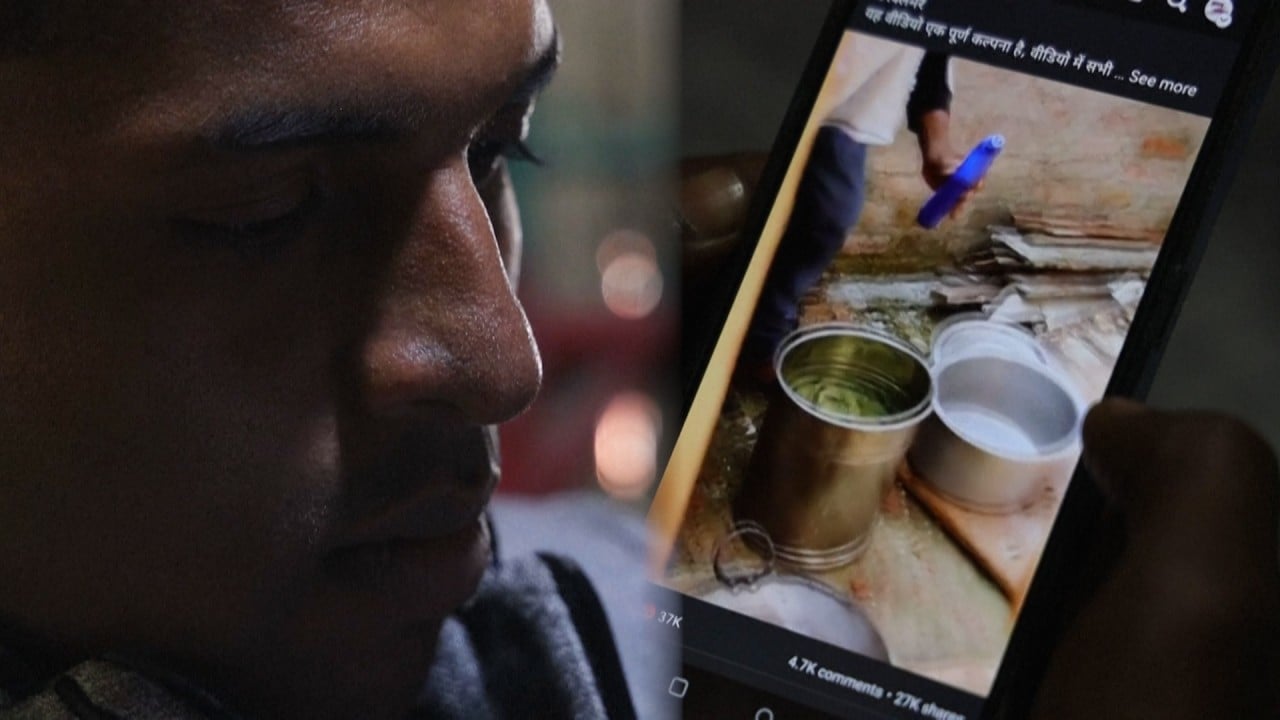Ayodhya’s revamp reflects India’s widening religious divide as Modi mobilises millions ahead of elections
Now, more than 30 years later, the BJP and other Hindu nationalist groups have planned a mass mobilisation ahead of the crucial general election coming in April and May.
The 2,500-year-old town has been dug out, partly demolished, and is being revamped to host millions headed to Ayodhya, 690km away from the capital New Delhi, for the rushed inauguration on January 22 of the under-construction temple.
“I never thought I’d see this day in my lifetime,” said Gupta, 55. “The city has been remade like a Muslim never lived here. Ram Lalla [infant Ram] is coming back home, finally.”
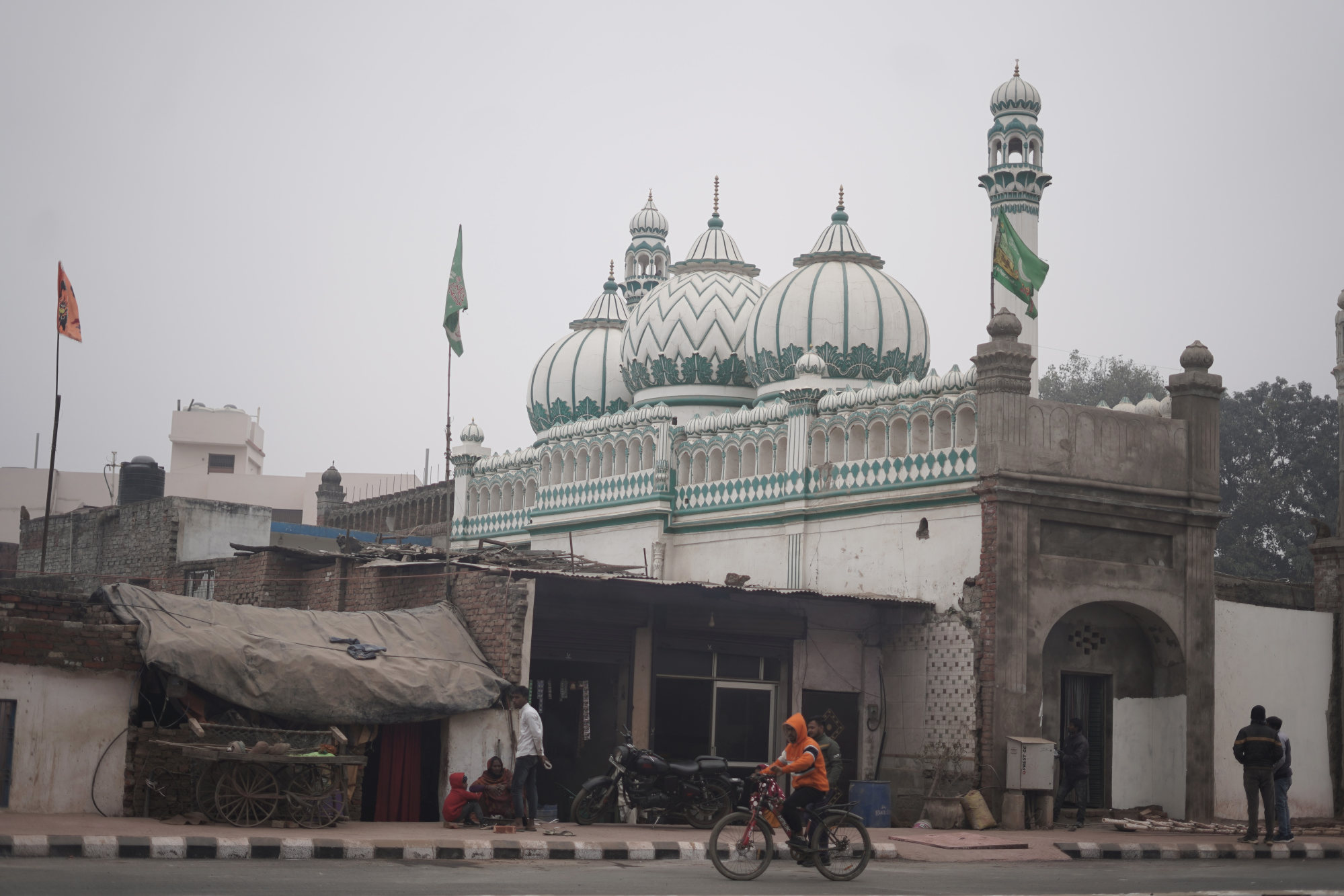
‘Completely unacceptable’
Thousands of labourers work at the temple and across the city. The construction has kept many people like Mohammad Shehzad awake at night.
Staying on the lookout, 56-year-old Shehzad warms his hands over a street-side bonfire outside a mosque on the outskirts of Ayodhya while standing guard against the district authority labourers painting the street.
“I will not allow them to paint the masjid saffron,” Shehzad said. “There will be no temple design. It cannot happen. It is white and it will remain white.”
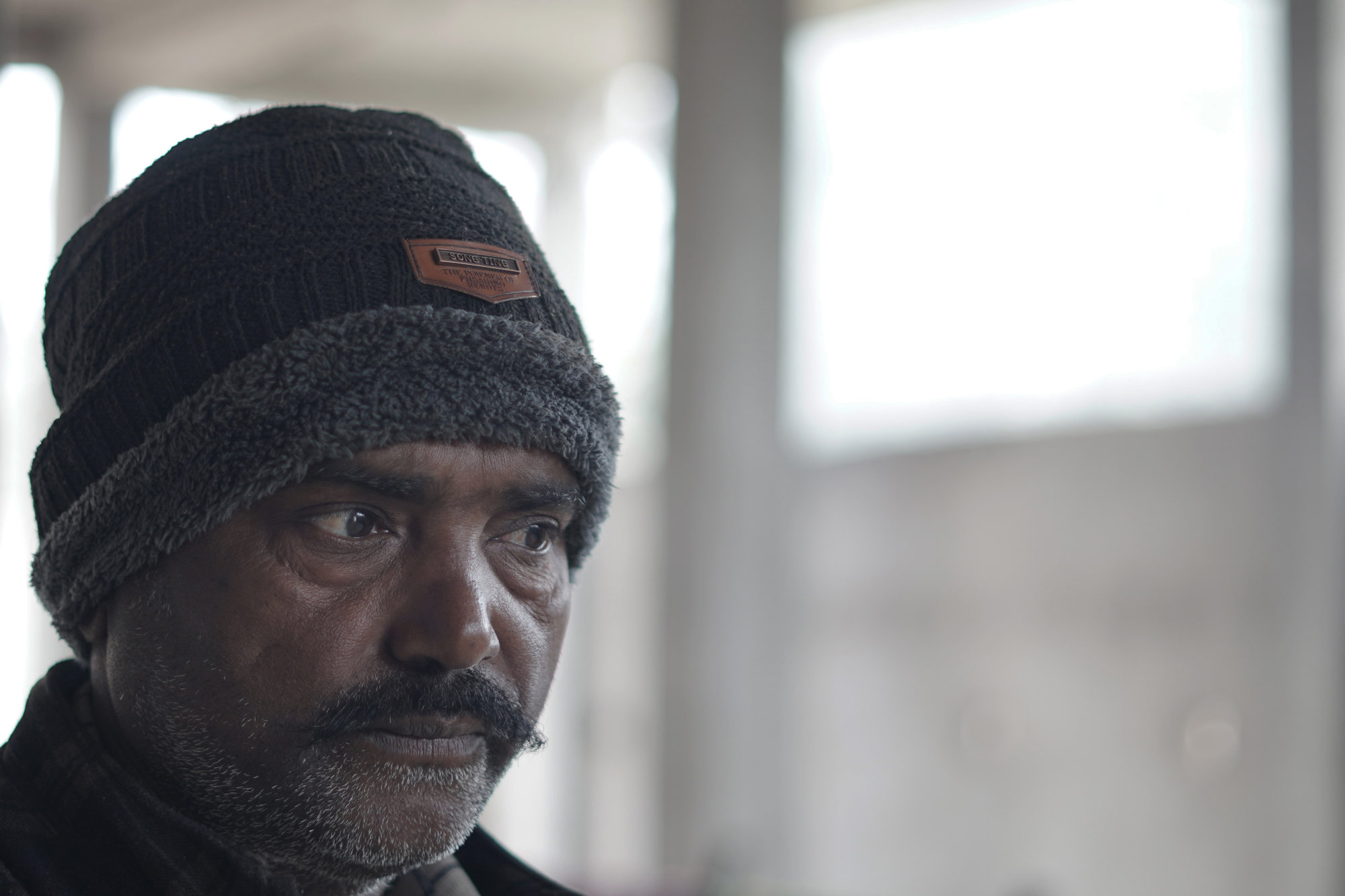
Ten months ago, authorities demolished in part the Malik Shah mosque and an adjacent shrine to widen the road leading up to the temple site. They also uprooted Shehzad’s chicken shop, the source of income for his family of seven.
“It is completely unacceptable, but we could not say anything,” he said. “Otherwise they would have demolished our homes as well. The fear among Muslims has been built up in the past years; a Muslim cannot resist or express any more.”
The national adrenaline ahead of the inauguration has fuelled anxiety among Muslims in the region. Shehzad has heightened the walls around the mosque, installed CCTV surveillance and readied a “strong” iron door at the entry.
In 2022, seven people were arrested for throwing pieces of pork, anti-Muslim pamphlets and torn pages from the Koran at two mosques in Ayodhya to instigate communal violence, police said. They had originally planned to target the Malik Shah mosque but were diverted due to the police presence.

For Shehzad, memory is a curse. On the day in 1992 that Pradeep Gupta remembers so fondly, Shehzad returned home to find it in flames after the mob had razed the Babri Masjid.
“The mob broke down the doors, but a Hindu neighbour rescued my old mother,” he recalled. “But now, the times are worse. The neighbours have turned against us; they feel like strangers. People are filled with hatred.”
Shehzad says he would have left Ayodhya, had it not been for the mosque his family has taken care of for generations. For years, he hoisted a black flag on top of the mosque in protest of the 1992 attack. But it is a different Ayodhya now, he says.
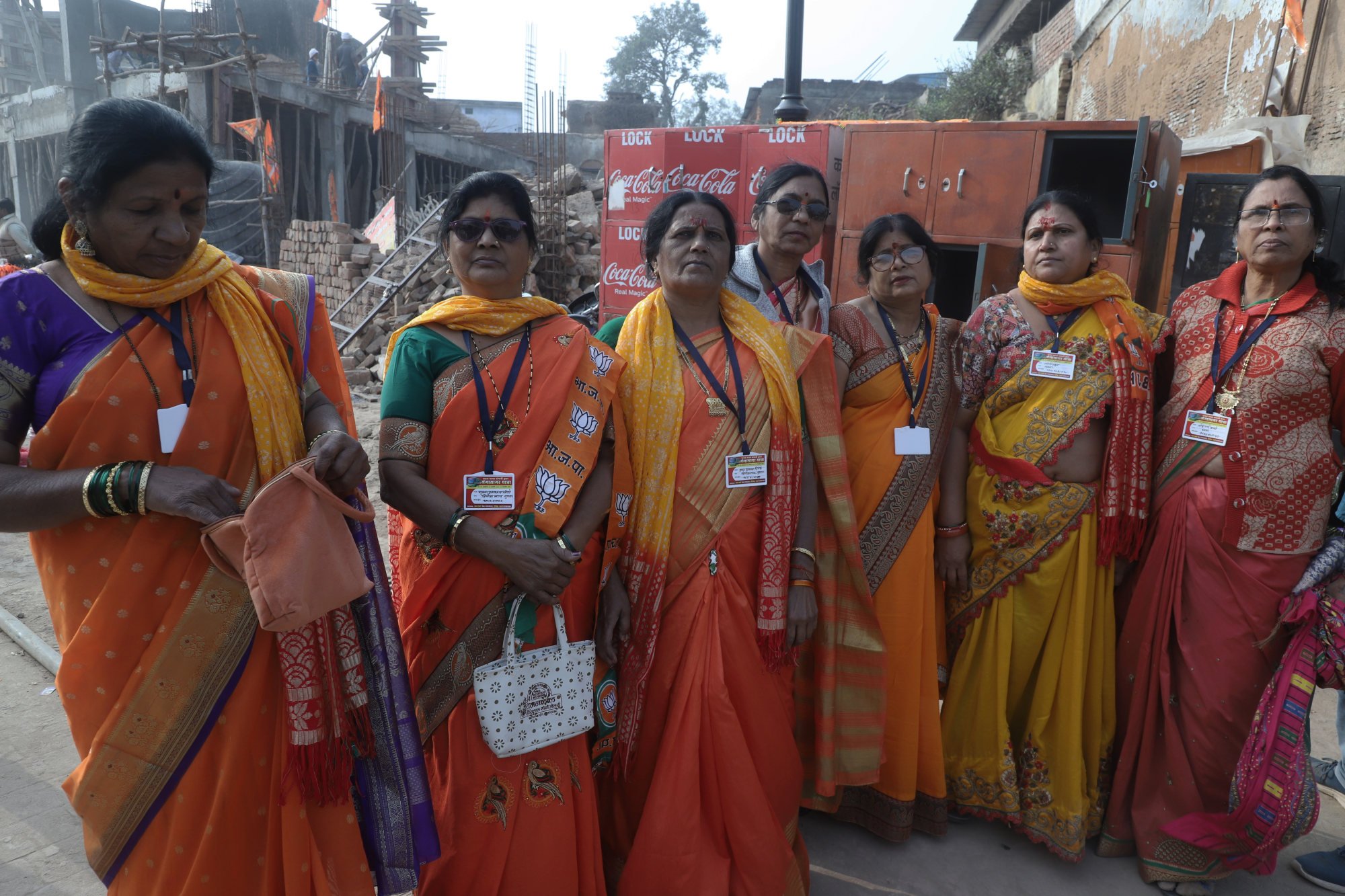
Boom times
A kilometre away, pilgrims celebrate festivities in Hanuman Gadi and Ram Path, two central locations around the temple site, bathed in saffron. Smaller shops sell mini-temple models, flags and T-shirts, all featuring Ram. The Modi-led government has also effectively trickled down the idea that they are the “luckiest generation” in India’s history over the last 500 years – a statement repeated by every other pilgrim.
Travelling 800km from a village in northern Maharashtra, Sushma, a 58-year-old BJP leader, has visited Ayodhya five times in the last two months. She has six trips scheduled for the next three months, bringing along 100 people from her village for each visit to the temple.
“This is the wonder of Modi-ji; if it had been left to anyone else, then India would be slaves of Muslims today,” Sushma said. “If not for Modi, Ram would not have returned home. This era of Hindutva in India will last till the end.”
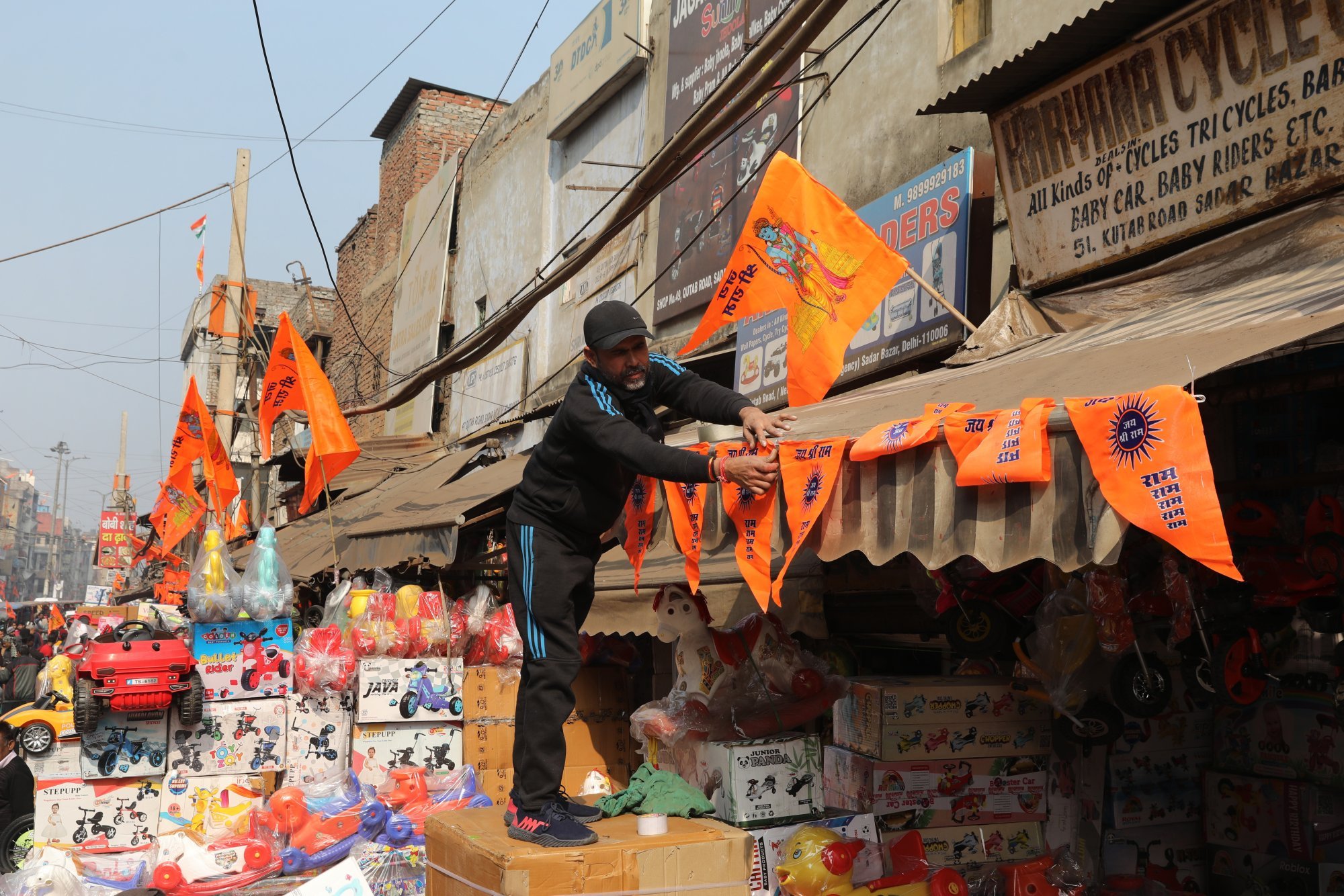
The locals in Ayodhya are counting the cost of the temple amid the fanfare. More than 2,200 shops and 800 homes have been demolished during the city’s reconstruction. Despite this, real estate prices have skyrocketed by a factor of 10, while top hotel and restaurant chains are building infrastructure.
The money is trickling down to everyone in Ayodhya, says Gupta, who owns an eatery along the main road.
“Be it a Muslim rickshaw driver or a Hindu guest house owner, everyone will earn money from the economic boom around the temple,” Gupta said.
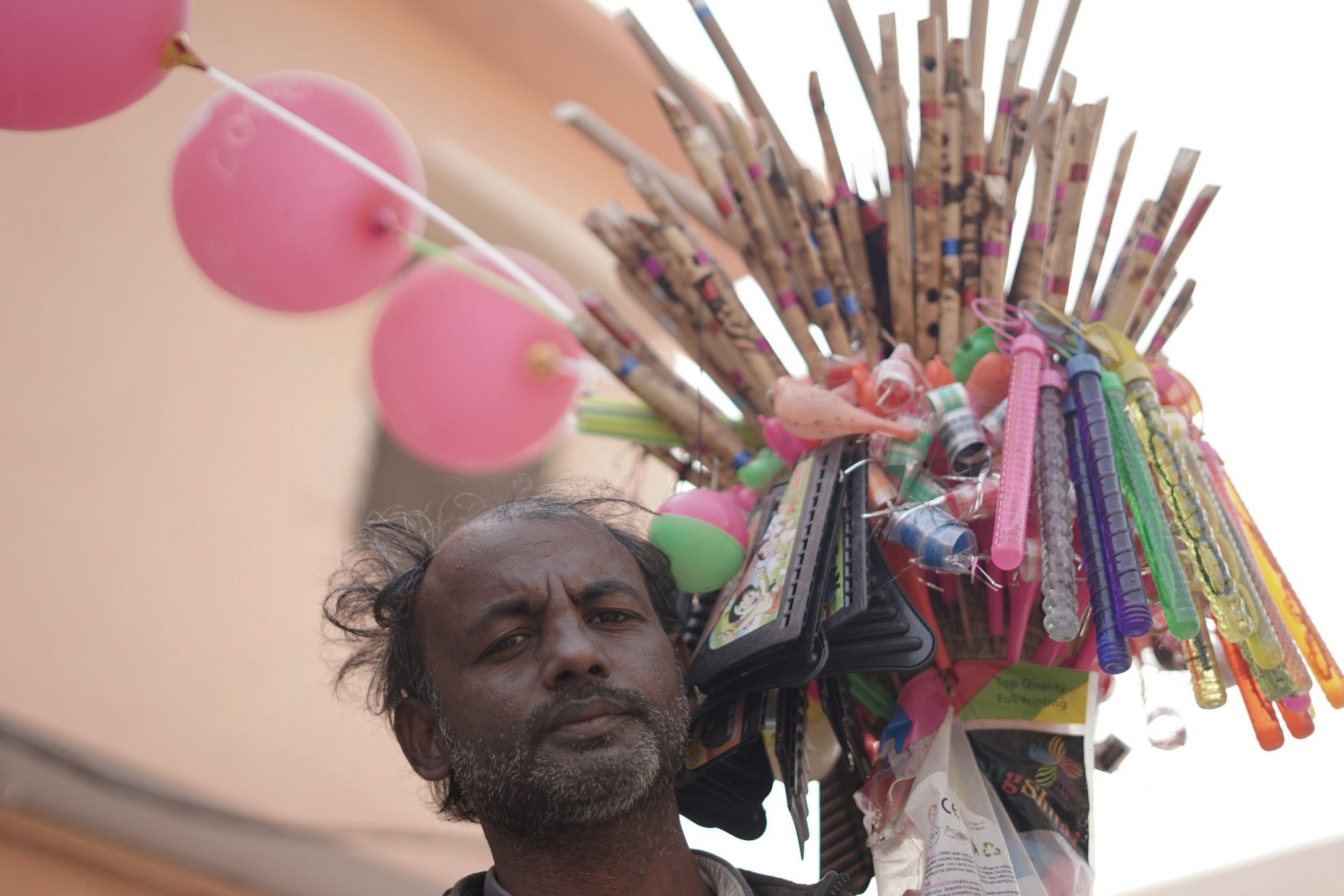
Mehboob Ali, who sells wooden flutes and balloons in the next lane, agrees the changes have been good for business, but worries about what could happen in the future. Raised in a Muslim settlement on the other side of the Saryu River, which flows through Ayodhya, Ali says crossing over to the temple side allows his family of six to sell flutes and make a living from pilgrim tourism.
But he fears it is only a matter of time until something goes wrong. Uncomfortable among the crowd, Ali plays Hindu psalms on his flute in the lane’s shadows.
“The authorities have asked us to not come into the city near the inauguration of the temple,” he whispered. “We are hearing that Muslims will eventually be eradicated from the town. Ayodhya is my home but what can I do?”
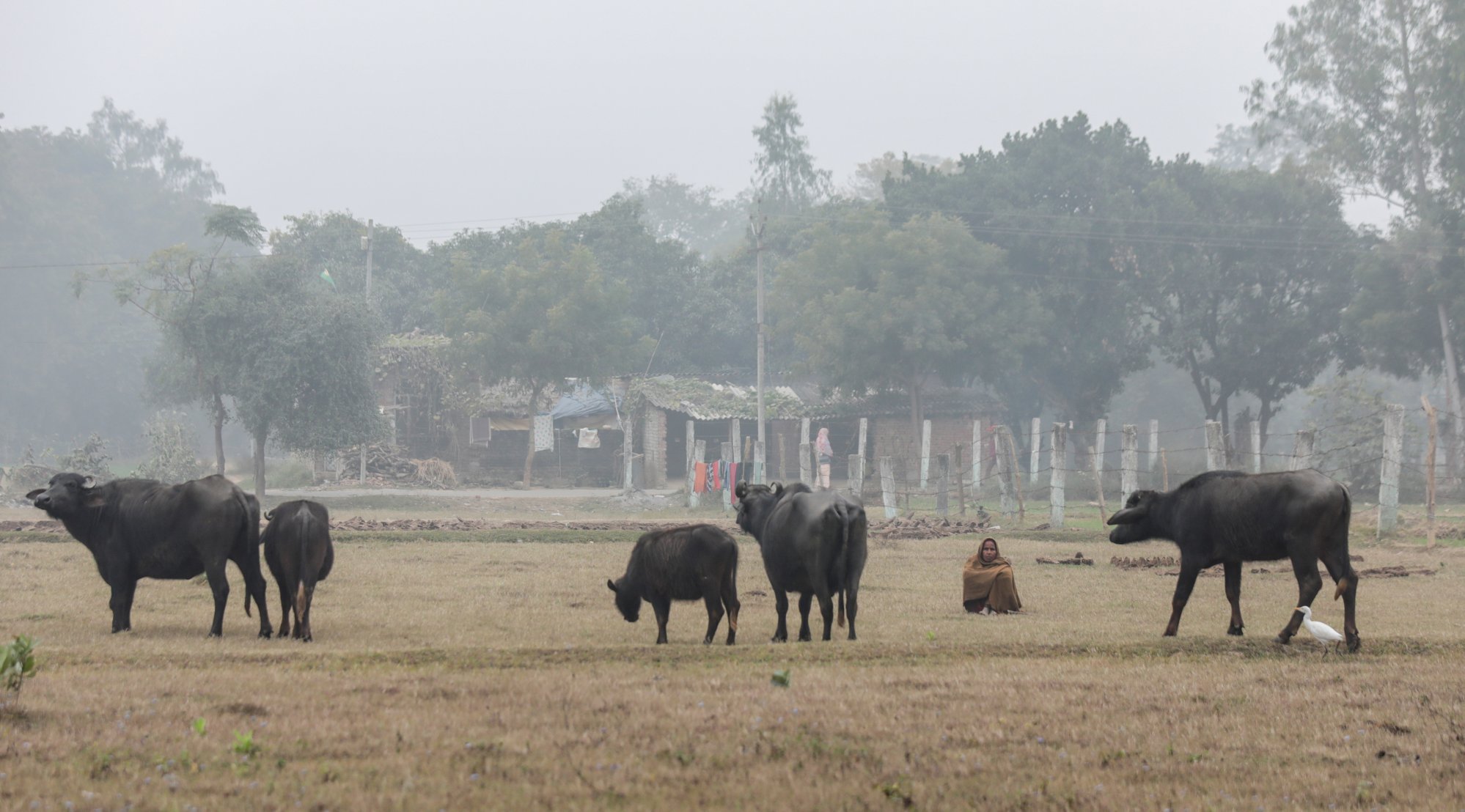
Soldiers and martyrs
Bharat Puri drove from southern India with his friends and family to bring a 2.9-metre-tall clay oil lamp as a gift to the three-storey Ram Temple.
“We are beyond happy to be breathing in Ayodhya,” Puri said. “This feeling is beyond my imagination.”
As the evening fog sets in, pilgrims settle in among the city’s cosy eateries for dinner. The streets remain abuzz with media cameras and vloggers. Away from the city lights, the rather calm, small village of Rouhani sits in silence. The villagers there had been excited when the courts awarded the Muslim side a 5-acre (2-hectare) alternative land in 2019 to build a mosque there.
In November 2022, the Indo-Islamic Cultural Foundation Trust said construction of the mosque was expected to be completed by December 2023. Currently, wild grass still spans over the land as children play ball. Sometimes, locals bring cattle for grazing. The trust’s officials quote a lack of funds and administrative non-cooperation in granting permissions for the delay.
For Ayodhya residents like Gupta and Shehzad, the facelift of the town doesn’t change its bloodied past.
Gupta remembers the bloodied mob in 1992, whom he referred to as “soldiers and martyrs”, and asserted: “If needed tomorrow, I would again send my young children to fight for Hindutva. We are ready to die for Ram if needed.”
Shehzad also remains resilient. “I would prefer to be killed here than leave my mosque. This is my country and I refuse to leave,” he said. “As a Muslim, I’m a person who is ready to die here. And those who learn to die will eventually win against them.”


